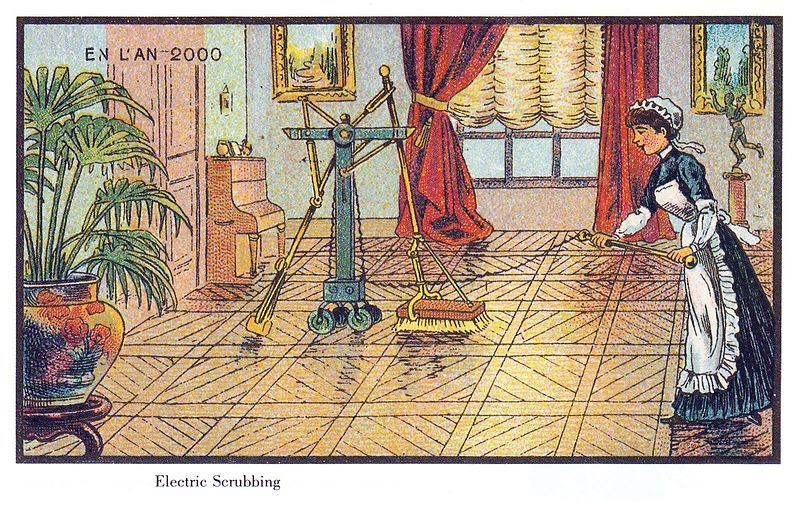
This is what people from the 1900s thought the 21st century would look like. The pictures were created by Jean-Marc Côté.
__
Thread

__
Thread


A series of futuristic pictures by Jean-Marc Côté and other artists were issued in France in 1899, 1900, 1901 and 1910. 

Originally in the form of paper cards enclosed in cigarette/cigar boxes and, later, as postcards, the images depicted the world as it was imagined to be like in the then distant year of 2000. 

There are at least 87 cards known that were authored by various French artists, the first series being produced for the 1900 World Exhibition in Paris. 

See more: publicdomainreview.org/collection/a-1… 

• • •
Missing some Tweet in this thread? You can try to
force a refresh

























